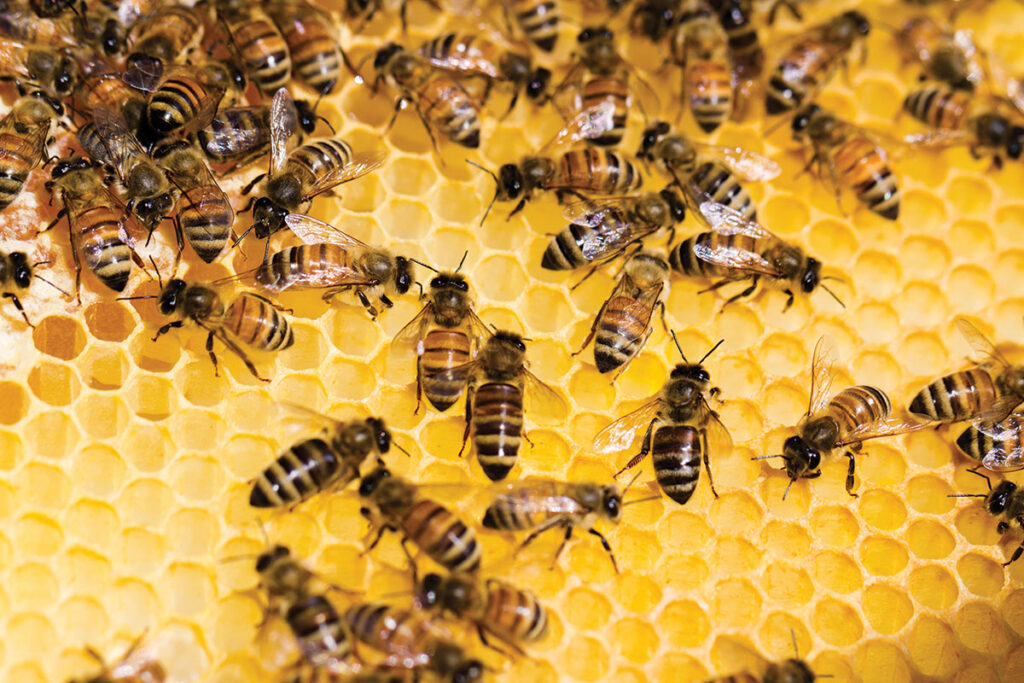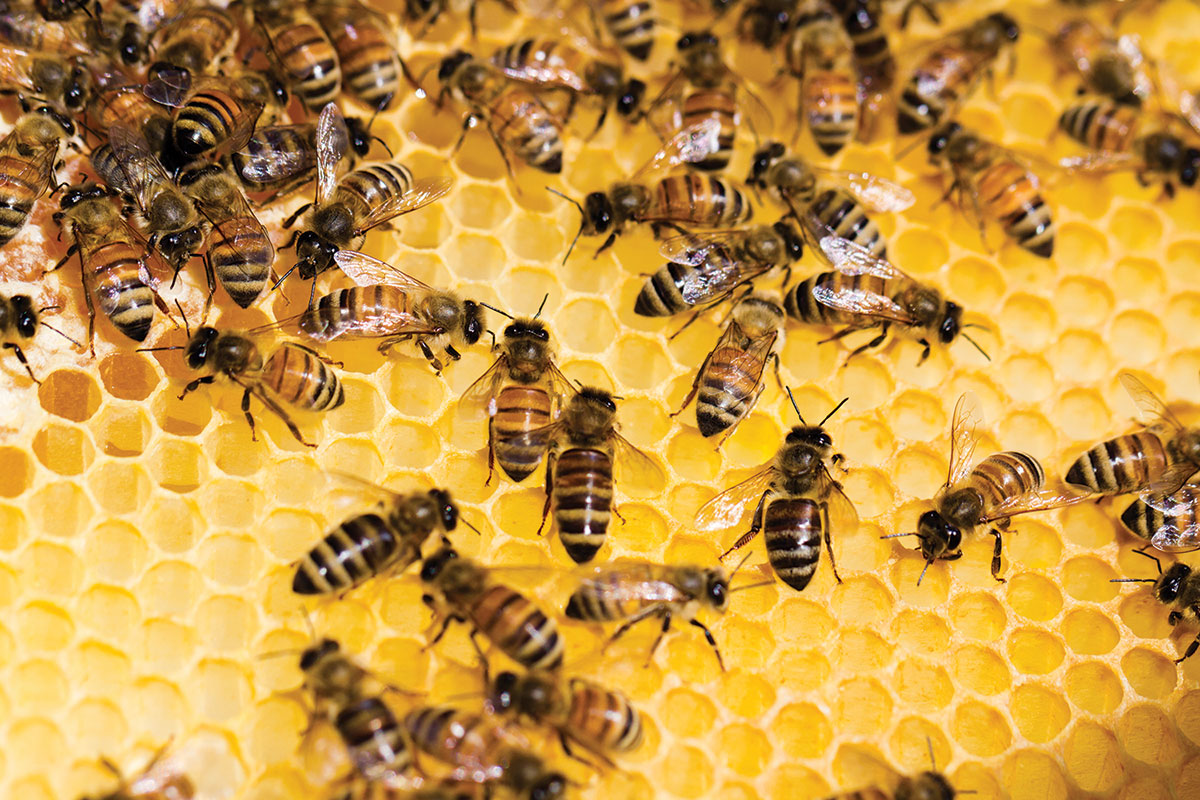
Bees can boost pasture and forage growth, nurturing sustainable agriculture
For farmers, bees prove to be valuable allies, fostering thriving pastures and bountiful forage crops through their essential pollination services.
Bee’s importance is widely recognized, but the role that they play in fostering the growth of pastures and forage crops is a little-known fact to most farmers who manage pastures and forage crops.
Their pollination efforts lead to an increase in the quantity of forage produced while also enhancing its nutritional content within the pastured areas.
“Placing bees in these areas improves the health and productivity of our pastures and certain forage crops,” Jon Zawislak, urban entomology specialist with the University of Arkansas Extension, said.
Forage crops that benefit from bee pollination produce richer nutritional profiles, translating into healthier and more nourishing feed for livestock within these pastures, which ultimately improves the quality of dairy and meat products he said.
“The livestock will greatly benefit from having these bees around,” said Zawislak.
The importance of bees in pastures and forage crops with different grass legumes such as clover, alfalfa, and a variety of wildflowers, should not be overlooked.
Both the livestock and bees benefit from these forage legumes, as they provide essential nutrients for them both.
“Honeybees and bumble bees mainly help to provide better food and nutrition for not only the livestock within these pastures but the bees as well,” said Zawislak.
If a farmer were interested in adding bees to their farm, the best time of year to begin is spring, he said.
While preparing for these bees, farmers and growers should begin beforehand by determining where they are going to place their apiary site, which is where you would place these bee boxes.
When deciding where to place these bees, there are things to take into consideration such as dependable nectar sources, fresh water sources, avoiding floodplains, windbreaks, and plenty of sunlight.
“If we understand what bees really want and also what makes them happy and healthy, that will help you choose a spot,” said Zawislak.
This will help farmers and growers to be better equipped to provide a safe and thriving environment for these bees when spring finally arrives.







